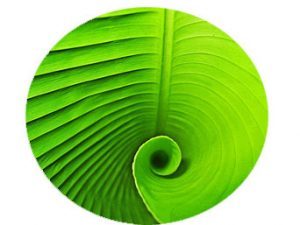The health of a plant is not usually visible to the naked eye. By the time your plants are showing visible signs of poor nutrition, such as yellowing, falling leaves and weak stems, it is usually too late to save the crop
Tissue testing goes hand in hand with soil testing to form a wholistic fertility management programme. In addition our facilities can test harvested crop matter for contaminants in order to meet preset import criteria for food crops destined to various overseas destinations

Tissue Analysis Facts
Why Test?
Tissue analysis is used to detect low nutrient levels in plants before they are seen by the human eye. Once visual symptoms are visible, top yields and quality have already been compromised
What is Tested?
Crop nutrient uptake is influenced by many factors other than soil. Plant tissue analysis identifies the actual nutrient uptake by the plant giving a more complete picture of soil’s fertlity profile
Plan Ahead
Crop nutrient levels can be a good indicator of what measures need to further be takes over and above the use of proper fertilizers to bring soil to it’s optimum fertility in future crop seasons
How to Sample
The best material for tissue sampling comes from mature leaves. One should be careful to pick sample material only from the right plant and at the right stage in it’s growth cycle. The sample should never be taken right after application of pesticides or fertlizers and should be large enough for the lab to analyse. The sample should be put in a paper bag, NOT a polythene bag or a metal container.
The paper bag should be properly labelled with your name, field name or number, date, crop and growth stage. The sample should never be refrigarated or frozem but should be taken to the lab immediately. Note that taking samples the right way the first time saves you money in the long run.
Different crops call for different sampling times and parts. Fact sheets with crop-specific information for field, vegetable and root crops are available from MEA labaratory services office. These fact sheets explain optimum sampling time, techniques and expected nutrient results.
